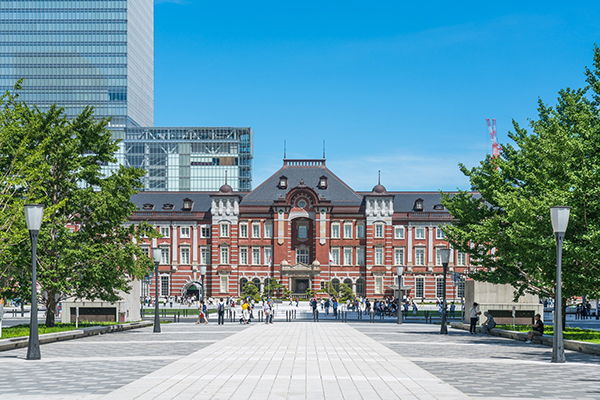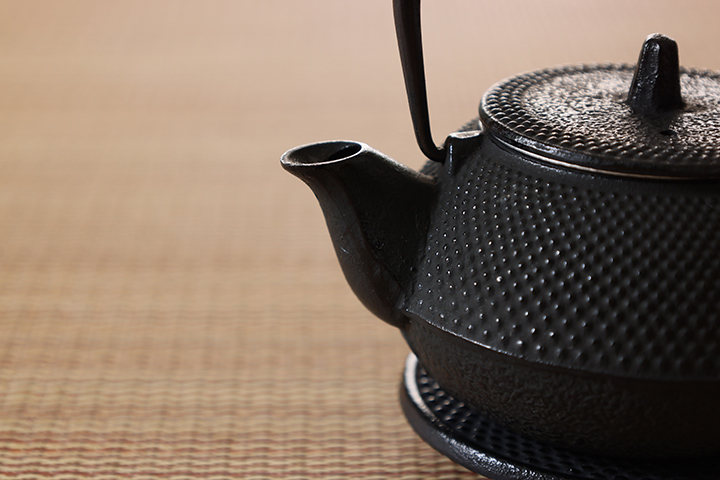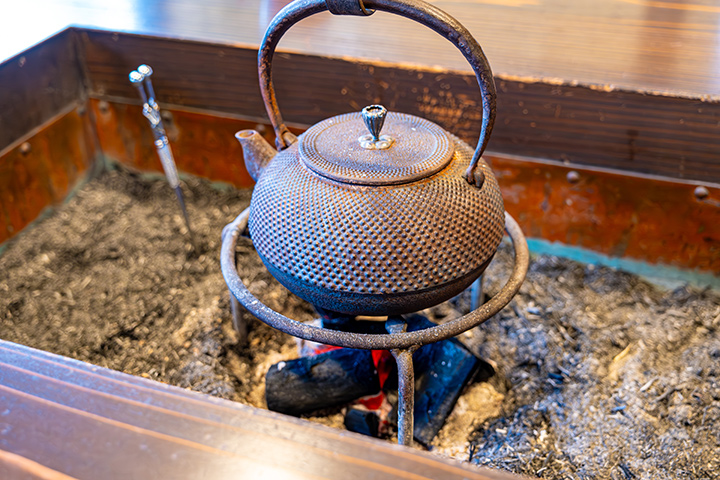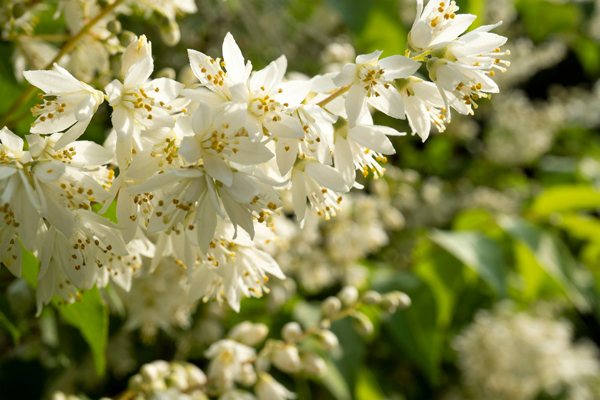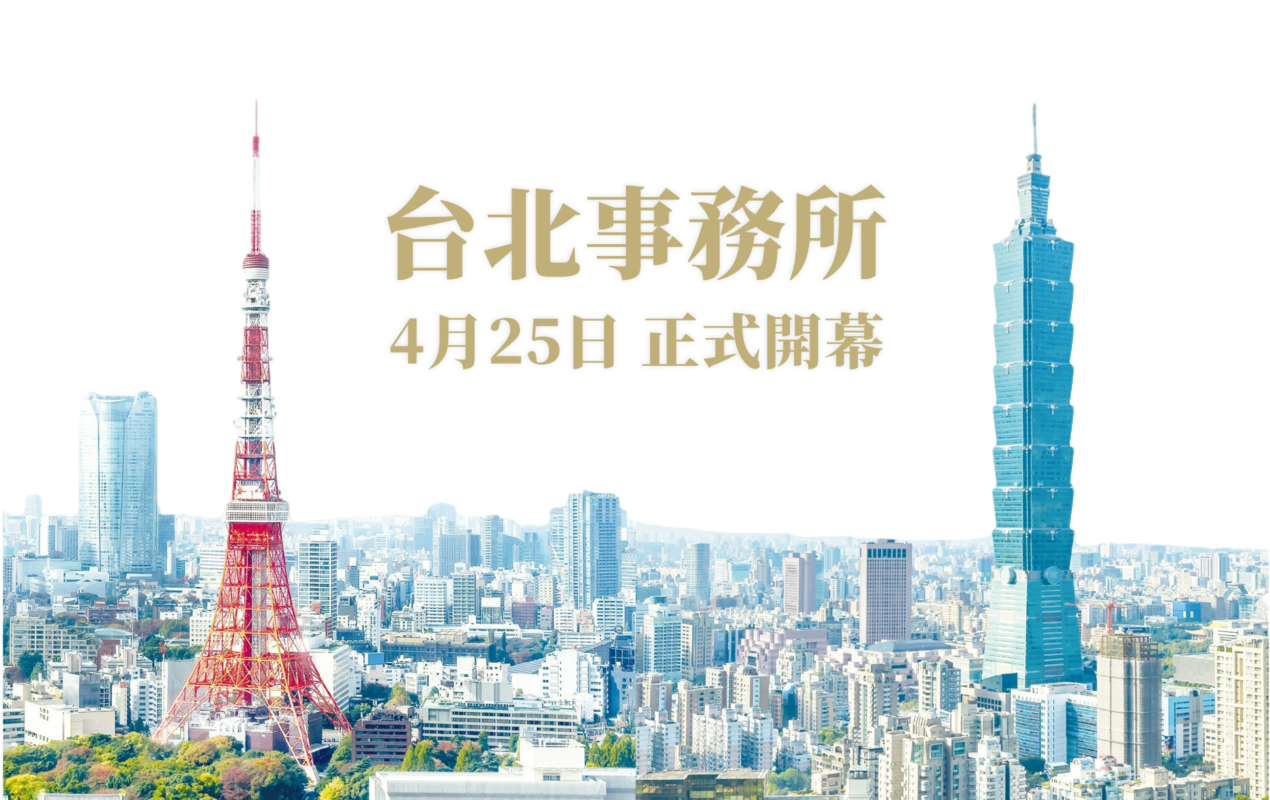Chiyoda Ward is the center of Tokyo's 23 wards and home to the Imperial Palace and one of Japan's leading business districts. The name "Chiyoda" derives from the name of the Edo Castle that once stood here, which was also known as "Chiyoda Castle", named after "Chiyo = eternal future" and "Ta = rice field", which means " may the land forever be prosperous".
In addition to the above, Chiyoda Ward is also home to the Prime Minister's official residence, the National Diet building, the Supreme Court and many other functions that make it the center of the country.
National center since the Edo period
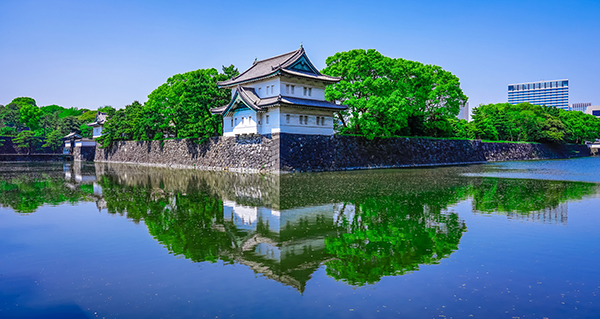
Dating back more than 400 years ago. In the Edo shogunate founded by Ieyasu Tokugawa, Edo Castle (Chiyoda Castle) was built on the site of what is now the Imperial Palace and ruled by a succession of Tokugawa shoguns. The Edo Castle area, in which the current Chiyoda Ward was, with the castle at its center and the residences of warriors surrounding it, so to speak, the center of the country during the Edo period. Many residences of feudal lords with close ties to the shogunate were located in this ward, which was the neighbourhood of the castle, including the Uesugi family of the Yonezawa Domain, the Ii family of the Hikone Domain, the Hosokawa family of the Kumamoto Domain and the Mohri family of the Choshu Domain.
After the end of the Tokugawa Shogunate, the administration left the hands of the Shogunate, but the Meiji Government (Emperor) set up its political base, the Imperial Palace, on the ruins of Edo Castle. The location of the country's political center therefore remained unchanged.
Since then, Chiyoda Ward has continued to function as an important area with central functions in Japan to the present day.
Although Chiyoda Ward has undergone many major changes and transformations due to changes of government, the devastating Great Kanto Earthquake and war damage, many aspects of the city's structure and framework have been inherited from the Edo period, and the vestiges of these changes can be felt everywhere in the city, a characteristic unique to Chiyoda Ward. Important institutions such as government offices are located on the sites of the above-mentioned daimyo's residences, and the city is structured with the Edo Castle at its center, and there are many historical sites in the ward related to the Edo Castle.
There are also the ruins of Matsuno-Ohoroshiya, famous for the Chushingura story, Sakuradamon Gate, where the historical event "Sakuradamon-gai no Hen" took place, Akasaka-mitsuke, Hibiya-mitsuke, Ushigome-mitsuke and many others, which are known as the 36 Mitsuke of Edo Castle.
Town planning with tradition and innovation.
While retaining many such historical sites, Chiyoda Ward also has areas that symbolise modern Japan. The Kioicho area, where international city hotels and university campuses are located on the ruins of vast residences of feudal lords close to the shogunate, and Bancho, a historic high-class residential area loved by famous Japanese cultural figures such as Shimazaki Touson and Taki Rentaro, are among the many streets that have been refined in line with modern styles.
Akihabara, one of the world's leading electric town developed as a result of rapid economic growth, is also a center of Cool Japan and has become a popular tourist destination visited by Japanese culture lovers from all over the world.
You need to see and feel it with your own eyes at least once! Proud historical building of the Chiyoda Ward
There are many what are known as historical buildings in Chiyoda Ward, where you can get a strong sense of the history from the Edo period to the present day. They blend in with the modern cityscape in various ways, such as places you casually pass, things you see, things in Japanese history textbooks and classic sightseeing spots, but behind the scenes there is a deep history and feelings that have led to this place, and it is loved by many people throughout the ages.
Marunouchi Station Building, Tokyo Station.
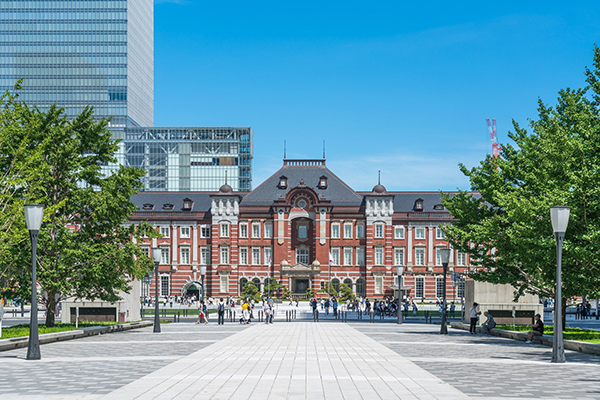
Originally designed and built by Kingo Tatsuno in 1914, the Marunouchi Station Building of Tokyo Station was destroyed by fire during the war in 1945, but was restored after the war and designated a National Important Cultural Property in 2003, and was restored to its current appearance in 2012. This station building's black roof is made of Okachi stone from the town of Okachi in Ishinomaki, Miyagi Prefecture, which is renowned for its high quality, hardness and water absorbency, as well as its beautiful pure black colour. The Tokyo Station Hotel, also located in the station building, has a history of more than 100 years, having opened in 1915, and is renowned for its hospitality and luxury.
Mitsubishi Ichigokan Art Museum
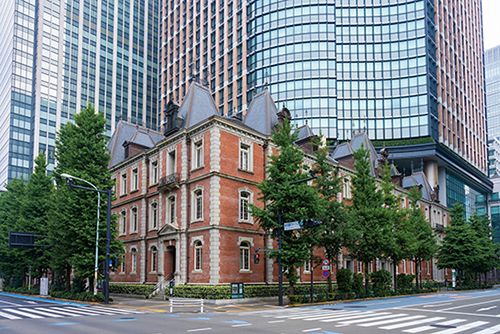
Mitsubishi Ichigokan was the first office building in Marunouchi area, built in 1894 by British architect Josiah Conder in the style popular in Britain in the late 19th century, symbolising the 'civilisation and enlightenment' trend of the time. The building was demolished in 1968 due to its age, but was restored based on Condor's design and reopened as the Mitsubishi Ichigokan Museum in 2010.
Hibiya Public Hall
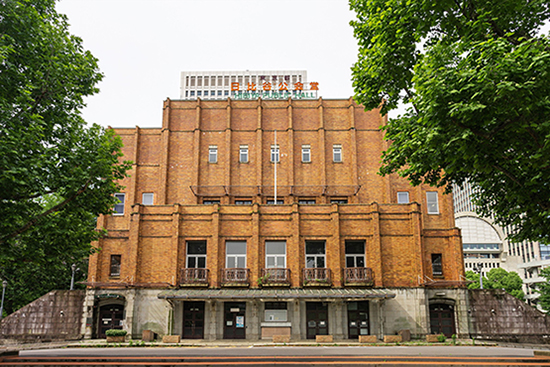
Situated inside Hibiya Park, the Hibiya Public Hall was the first full-scale concert hall in Japan, designed by Koichi Sato. It was built in 1928 as an annexed public hall when the Tokyo Municipal Government Hall was planned as a place to house an investigative body for neutral municipal administration. It features a beautiful appearance with brown tiles, stone and yellow terracotta in harmony with the park landscape. The facility is currently closed for major renovation work.
Tokyo Resurrection Cathedral (Nikolaidō Hall)
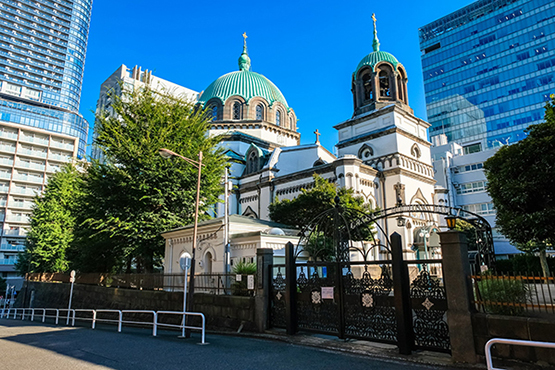
The Tokyo Resurrection Cathedral has been known as 'Nikolaidō' since its completion in 1891. Designed by the Russian architect Mikhail Shturpov and Josiah Conder, who also designed the Mitsubishi Ichigokan, it was Japan's first genuine Byzantine-style church building and was severely damaged in the Great Kanto Earthquake of 1923, but was restored in 1929 and designated a National Important Cultural Property in 1962. Its nickname, 'Nikolai-do', is a reference to Archbishop Nikolai, who preached Orthodox Christianity in Japan.
Yamanoue Hotel
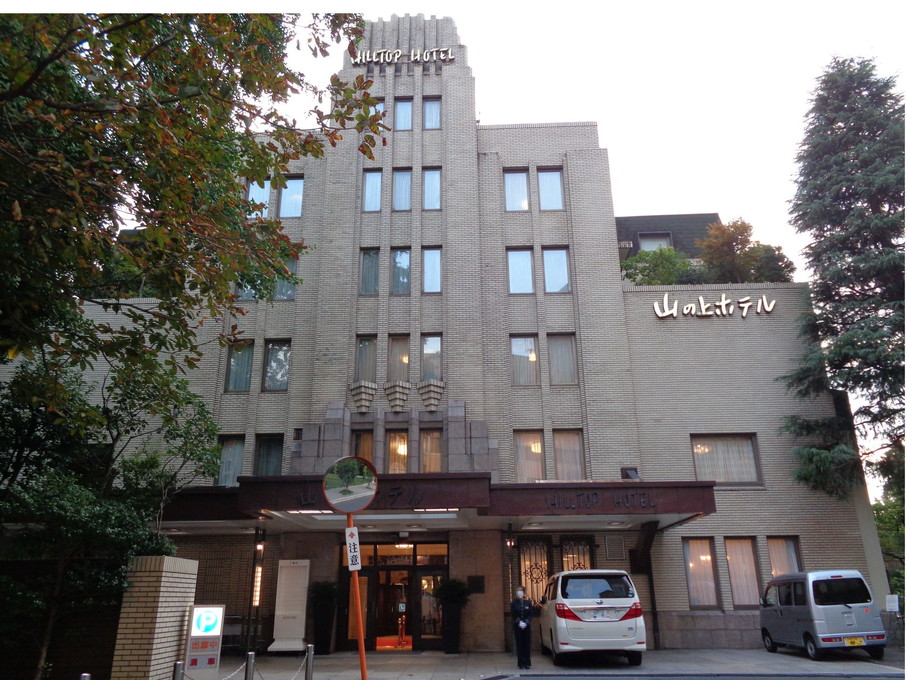
The Hotel on the Mountain, designed by American William Merrell Vories in 1937, is characterised by its unique design in the style of Art Déco, which originated in Paris in the 1920s. The hotel was originally commissioned by the former Navy and then used by GHQ as a dormitory for the US Army Women's Corps, but when it opened as a hotel in 1954, it quickly became popular with many great writers. Yukio Mishima's words, " I hope it doesn't become too famous or too popular", are a clear indication of his feelings towards the hotel.
Place that will develop forever into the future.
The Chiyoda Ward has been at the forefront of various eras up to the present day. This is a unique area where the historical cityscape with its many historical buildings and the modern image of Japan coexist and will develop over the next millennia (Chiyo).


